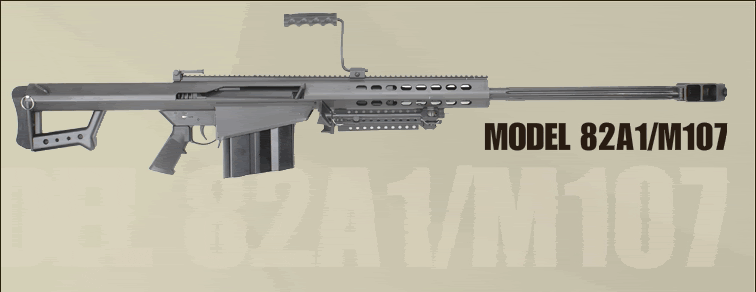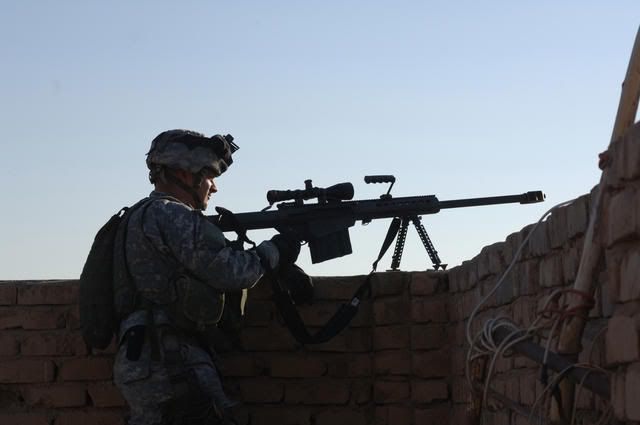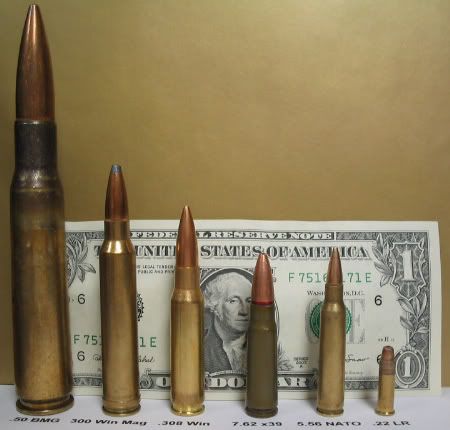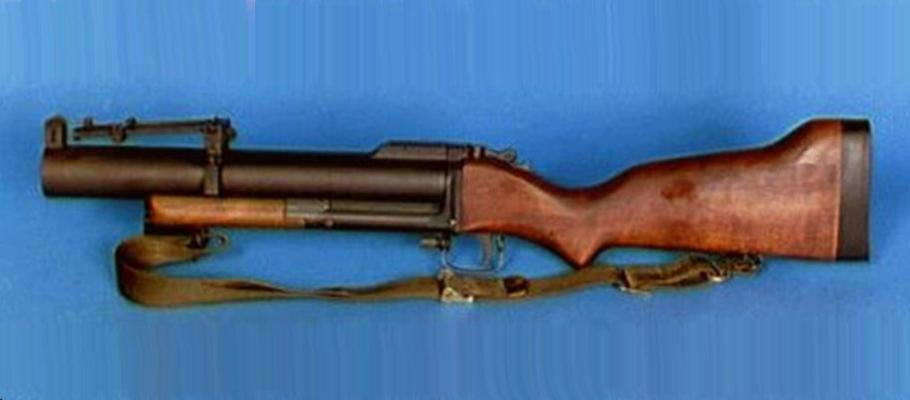This is what I've been kind of working on, chugging along, doing a bit of research, etc.
Hueys -- Gunships

^Scarface UH-1E Marine Gunship;note the nose m60Cs.
Author’s Note: The Hueys are a living example of American engineering at an ever increasing peak of innovation. First introduced in 1962, this helicopter could be outfitted in a variety of ways. Taken from an esteemed position of mededvac to the highly (for the enemy) dreaded gunship role. The Huey was also a transport as well, of course.
The main interest for me is the armament of helicopters. Thus, I have attempted to compile most of the armament I could find from written sources.
Because I am fortunate enough to work at the Flying Leatherneck Aviation Museum, I have contacted people who have seen other armaments and field upgrades (further demonstrating the innovation the service members have, even in the war zones); while I full heartedly believe these sources, as they’re legitimacy cannot be doubted, I have yet to make visual contact with these armaments myself, whether physical, or in a picture of these helicopters in general.
Thus, I cannot quite label them as true armaments, because of the extremely scarce documentation of their existence.

^Sea Wolves, famous Navy Gunship Squadron, flying UH-1Bs, UH-1Cs, and UH-1Hs in that role.
Helicopter Name: UH-1 Series Iroquois
Nickname: Huey
Roles: Utility, Transport, Gunship, Medevac, Assault Transport
Gunship Missions:
Fire support
Tank Busting
Primary Interest: Gunship Role
Gunship designations: UH-1Bs, UH-1Cs, UH-1Es
Service(s) Deployed in: Army, Navy, Marine Corps (UH-1Es were unique to the Marine Corps, the main difference was the fuselage was made out of aluminum, as opposed to magnesium—this helps negate the corrosion, a constant threat at sea).
Known Squadrons to have used the Huey Gunship:
Navy: HA(L)-3 Sea Wolves
Marines: HML(A) 367, VMO-3 Scarface
Army: ____________________
Primary Armament: Quad m60Ds (on racks-.30Cal), two rocketpods with 2.75inch rockets (pod capacity could vary from 9-32 rockets/pod), two m60 door guns
 Figure 1: This is the 20mm cannon uncropped, it was put into a pod and mounted on the side of a UH-1, but it's possible field modifiers went a little further, and cropped the barrel and mounted it on the Huey nose turret.
Figure 1: This is the 20mm cannon uncropped, it was put into a pod and mounted on the side of a UH-1, but it's possible field modifiers went a little further, and cropped the barrel and mounted it on the Huey nose turret.Less commonly documented Armament: 2 6-barreled miniguns (7.62mm/.30Cal) mounted on racks—positioned on the outer section, 2 Rocketpods (2.75inch, 7-32 rockets/pod) , (2) Door mounted m60s
In place of the two 7.62mm m60s on the skids, a single .30 Browning m1919 derivative would have been mounted on both sides, instead, on the inner pylon, with rocketpods mounted on the outer pylons.
Rarely documented Armament: M2 (.50 Cal) door guns, Miniguns (6 barreled, 7.62mm) door guns, m197 (cropped down) 3x20mm Cannon door gun.
 Figure 2: a door mounted minigunner unleashes 7.62mm ammunition upon his elusive foes.
Figure 2: a door mounted minigunner unleashes 7.62mm ammunition upon his elusive foes.Tank Busting (Gunship) Armament: 2xPods of 3 TOW missiles. These TOW missiles were added on and completed testing by Mid 1967. They were added on some UH-1B/Cs in late 1967, just in time to bust the Soviet NVA tanks in 1968.
UH-1E Unique Armament: The marines ordered the UH-1E, which had a TAT-101 turret, similar to the turret found on the AH-1 Cobra, the successor gunship to the UH-1 Gunships.
The Emerson Electric TAT-101 held twin m60cs (7.62mm) with 100 degrees of swiveling, and a 45 degree depression, and 15 degrees elevation (degrees measured when m60Cs are held out straight). There were 1,000 rounds total, while the slew rate of the turret was 45 degrees/second. The TAT-101 was used from 1967 to 1972, solely by the USMC on their UH-1Es. They were dropped in 1972, due to jamming problems, and more effective ways to mount a dedicated forward firing gun on a Huey (e.g. using a gun pod with a 20mm cannon inside).
 Figure 3: M60C machine gun, modified for use on Emerson Electric TAT-101 nose turret.
Figure 3: M60C machine gun, modified for use on Emerson Electric TAT-101 nose turret. 
^TAT-101 with dual m60Cs.
 Figure 4: (left) m75 grenade launcher with m5 turret
Figure 4: (left) m75 grenade launcher with m5 turretUH-1B/C Unique Armament: The Army and Navy used this Huey as their gunship platform, and similar to the UH-1E, they had a nose turret, but unlike the TAT-101, the m5 turret was used for holding an m75, 40mm Grenade launcher.
The Grenade launcher (pictured at left) was automatic, but due to the massive size of the grenades, possessed a sacrificed rate of fire—220RPM. This is still impressive, considering these were explosive bullets being shelled out, and not just bullets.
Other Armaments:
A 20mm cannon was carried in a gun pod and was carried on a rack next, shooting forward. This was an uncropped 20mm cannon. Although the documentation
was rare, it is known this was used.
Alleged/Source Documentation Armament;
Note: This is where the Hueys are especially interesting, because in the War Zone, the American servicemen crew chiefs, firechiefs, and service engineers were all trying to experiment with as many possibilities as they could.
20mm Canons & Huey Turrets—Field Mods
While it is definitely possible, admitted many USMC Vietnam veterans, and Huey armament enthusiasts, and hobby historians consulted, all have not seen any sort of documentation of this, but because these were field mods, it is understandable. At the same time, the author is compelled to point out, that again, the only time he has heard of these armament mods was orally from a source. The source might have his own sources, but the author regretfully has not seen these.
The first experimentation was done with the 20mm Oerlikon Anti Aircraft gun. Naturally, the gun barrel is large enough, but the whole feeding and powering mechanism is heavy, so engineers cut down the barrel size roughly 32 inches down from the top, and fitted this cannon in place of the two m60cs. The Navy had turrets, as did the Army. It is not known currently if these turrets would have been modified from carrying grenade launchers to carrying cropped down cannon.
 Figure 5: A cropped m197 pintle mounted door- gun, but it is possible triple barreled cannons like these were used on turrets like TAT-101.
Figure 5: A cropped m197 pintle mounted door- gun, but it is possible triple barreled cannons like these were used on turrets like TAT-101.The second piece of experimentation was done with the m197. The m197 itself is a cropped down m61A1 Vulcan 6 barreled 20mm cannon, utilizing three barrels instead the Vulcan’s six, for better hitting power, but for reducing weight.
The m197, a cropped down variant of it’s more powerful big brother, the Vulcan cannon, was in turn cropped down to be a pintle mounted door gun. There is also strong reason to believe that this cropped down m197 could have been used on the TAT-101, in place of the m60Cs. However, it is necessary to point out, while this is fact, these are field modifications, which is why documentation, visual and otherwise is so scarce, some squadrons tried it out, and some didn’t. However, the Author’s main question comes up as to how the Army and Navy were able to test these turrets out—the TAT-101s were UH-1E/USMC only. It is possible that since bases had a variety of parts scattered about, and since bases were close, the Marines, Army, and Navy servicemen could have all been borrowing each other’s spare equipment!
But it’s also quite possible that since the Navy and Army had access to UH-1B/C gunships, they were able to mod the m5 nose turret, remove the m75 grenade launcher, and modify in whatever they wanted.
On the USMC popasmoke website, what one assumes to be a photograph of a UH-1E USMC Huey, it appears that there might be a (maybe two?) miniguns attached. The title is “Holly’s Dream Machine”, which could mean ‘Holly’ felt like stacking on two miniguns on his nose turret, or he was actually deploying these weapons on his nose turret into battle.
 Figure 6: Holly's Dream Machine. Funning or Fighting? And is that a minigun at the bottom right of the nose turret? The Marston Matting the Huey is parked on, plus revetments in the background places this picture taken in the early 60’s. The A/C markings classify it as an Army bird.
Figure 6: Holly's Dream Machine. Funning or Fighting? And is that a minigun at the bottom right of the nose turret? The Marston Matting the Huey is parked on, plus revetments in the background places this picture taken in the early 60’s. The A/C markings classify it as an Army bird. There is good reason to believe it was a possibility—miniguns were used a lot as door guns, so field modifiers would have access to miniguns to tamper with and eventually mount on nose turrets.
The final piece of field modification equipment is the 37mm M4 cannon, that was also allegedly tested on the UH-1 series.
 Figure 7: (left) A good AA gun (37mm), but not so much a good nose gun.
Figure 7: (left) A good AA gun (37mm), but not so much a good nose gun.Although it is probable such a test was executed, the 37mm fell out of favor due to weight concerns, and if the 20mm and minigun were still being used as a field mod in place of the m75 grenade launcher and the dual m60C setup.
Last edited by The_Mac (2007-08-08 08:26:02)






















